Published: October 22, 2025
You know the drill. You just finished dinner—like, you're genuinely full—and yet there you are, hand reaching into the candy bowl for "just one more" fun-size chocolate bar. And then another. And somehow, before you know it, you've eaten six.
Here's what's wild: this has nothing to do with your willpower. Scientists just discovered something that changes everything we thought we knew about sugar cravings. Your brain has a completely separate pathway—kind of like a secret back door—that gets activated specifically by sugar, and it completely bypasses all those normal "I'm full" signals your body usually sends.
And October? It's basically the perfect storm for triggering this system over and over again. Let’s see what's really happening in your brain when Halloween candy is everywhere, and more importantly, what you can actually do about it (without beating yourself up or relying on willpower that was never going to work anyway).
Why Can't I Stop Eating Sugar Even When I'm Full?
Think about your body's normal fullness signals. Your stomach has stretch receptors that tell your brain "hey, we're full down here." Hormones like leptin communicate that you've had enough. Your brain processes all these signals and should tell you to stop eating. But sugar flips a switch that bypasses all of that.
Recent research published in Science found that high-sugar foods trigger specialized neurons to release beta-endorphin—yes, an actual opioid your body makes—that creates reward sensations even when you're stuffed. We're not talking about a subtle nudge here. When scientists blocked this pathway in lab studies, subjects completely avoided sugar.
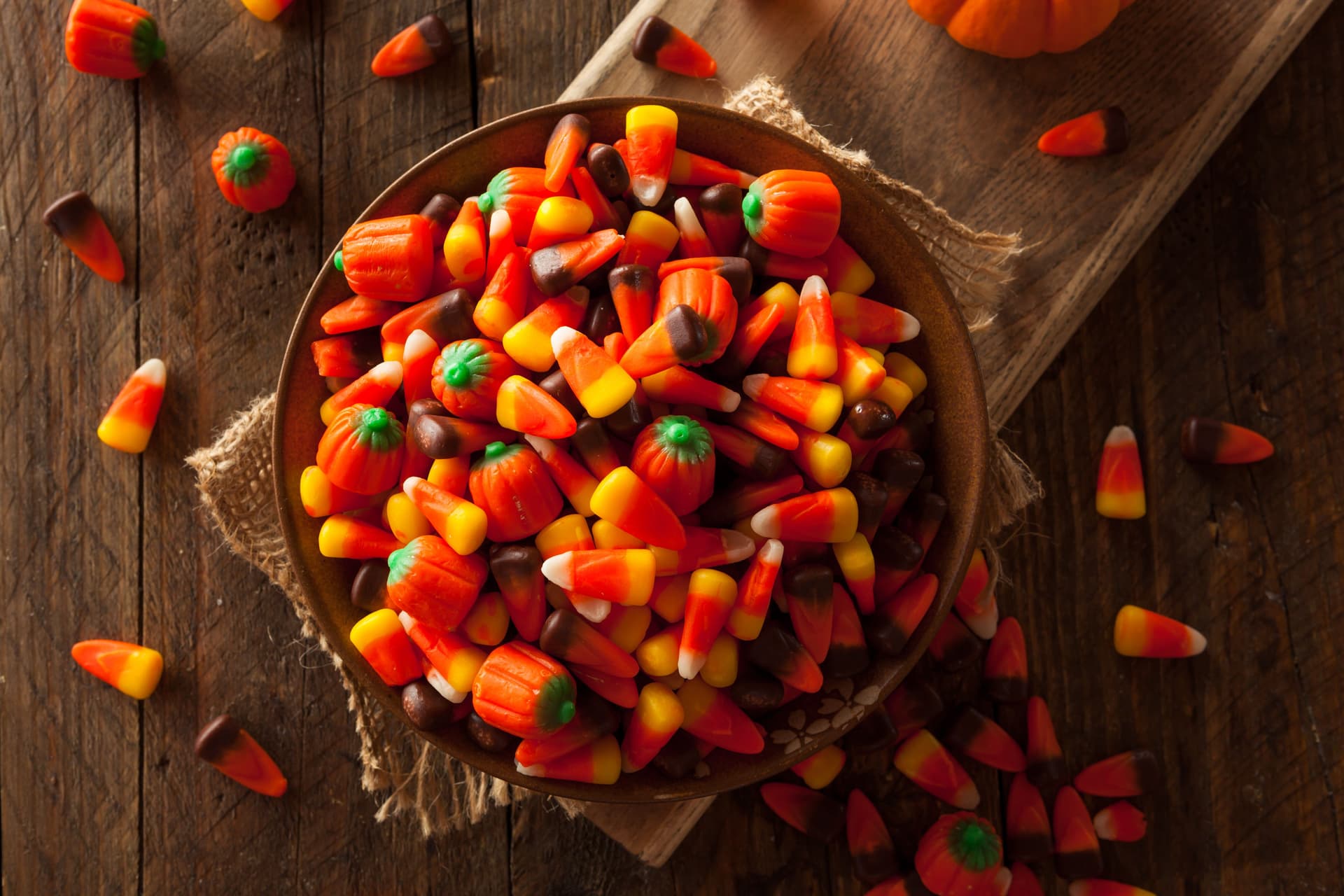
Your "dessert stomach" isn't just a cute saying. It's a biological override system that prioritizes calorie-dense foods no matter what your actual energy needs are.
From an evolutionary standpoint, this made total sense. Our ancestors needed to capitalize on rare sources of concentrated energy whenever they found them—like stumbling across a beehive or finding ripe fruit. But in October 2025, when there's literally a candy bowl on every desk, checkout counter, and neighbor's porch? That ancient survival mechanism is working against you.
Why Do Chocolate Bars Feel More Addictive Than Plain Sugar?
Ever notice how some candies just feel more addictive than others? There's actual science behind that.
Most popular Halloween treats aren't just sugar—they're sugar combined with fat. And that combination? It's neurologically explosive.
Scientists discovered that fat and sugar are detected by completely different neurons in your vagus nerve, and each triggers its own reward pathway in your brain. But here's where it gets interesting: when you eat them together, you get simultaneous activation of both circuits. It's not addition—it's multiplication.
Look at the top five Halloween candies by sales. Every single one combines chocolate (fat) with sugar. This isn't a coincidence. It's the formula that creates maximum palatability and keeps you reaching for more.
Your brain is literally wired to seek out these combinations. When faced with plain sugar versus a fat-sugar combo, that combo produces a synergistic effect on appetite and reward that makes it incredibly difficult to stop eating.
Why Does One Piece of Candy Never Feel Like Enough?
Here's something that might make you feel better: your inability to stop at one candy isn't a character flaw. It's biology.
Researchers at Columbia University mapped the three-dimensional structure of the human sweet taste receptor and discovered something fascinating—our sweet sensors evolved to be relatively insensitive compared to other taste receptors.
Think about it: your bitter taste receptors are super sensitive because they evolved to help you avoid toxins. But sweet receptors? They require significant stimulation to fully activate. This design made sense when sweet foods were rare—ripe fruits, honey, the occasional naturally sweet plant. Your ancestors needed to eat as much as possible when they found these energy-dense sources because who knew when the next opportunity would come?
But this lack of sensitivity drives our need for substantial amounts of sweets to feel satisfied. And when you have unlimited access to candy for an entire month? That's a problem.
Also interesting: this is why artificial sweeteners often don't satisfy cravings. They might activate the receptor, but they don't deliver the downstream metabolic signals your body expects. You're left still searching for the "real thing."
When Does Halloween Candy Season Actually Start?
Walk into any store in late August and you'll see Halloween displays. This isn't just aggressive marketing—it's neurological priming.
Consumer data shows that more than half of Americans start enjoying Halloween treats before October 31st. That means weeks—sometimes months—of repeated activation of those opioid and dopamine pathways we talked about.
Each exposure strengthens the neural circuits associated with candy consumption. The Halloween season now drives billions in candy sales annually, and the economic incentive to extend the season creates a public health challenge. The longer the exposure window, the more opportunity for those brain pathways to reinforce themselves.
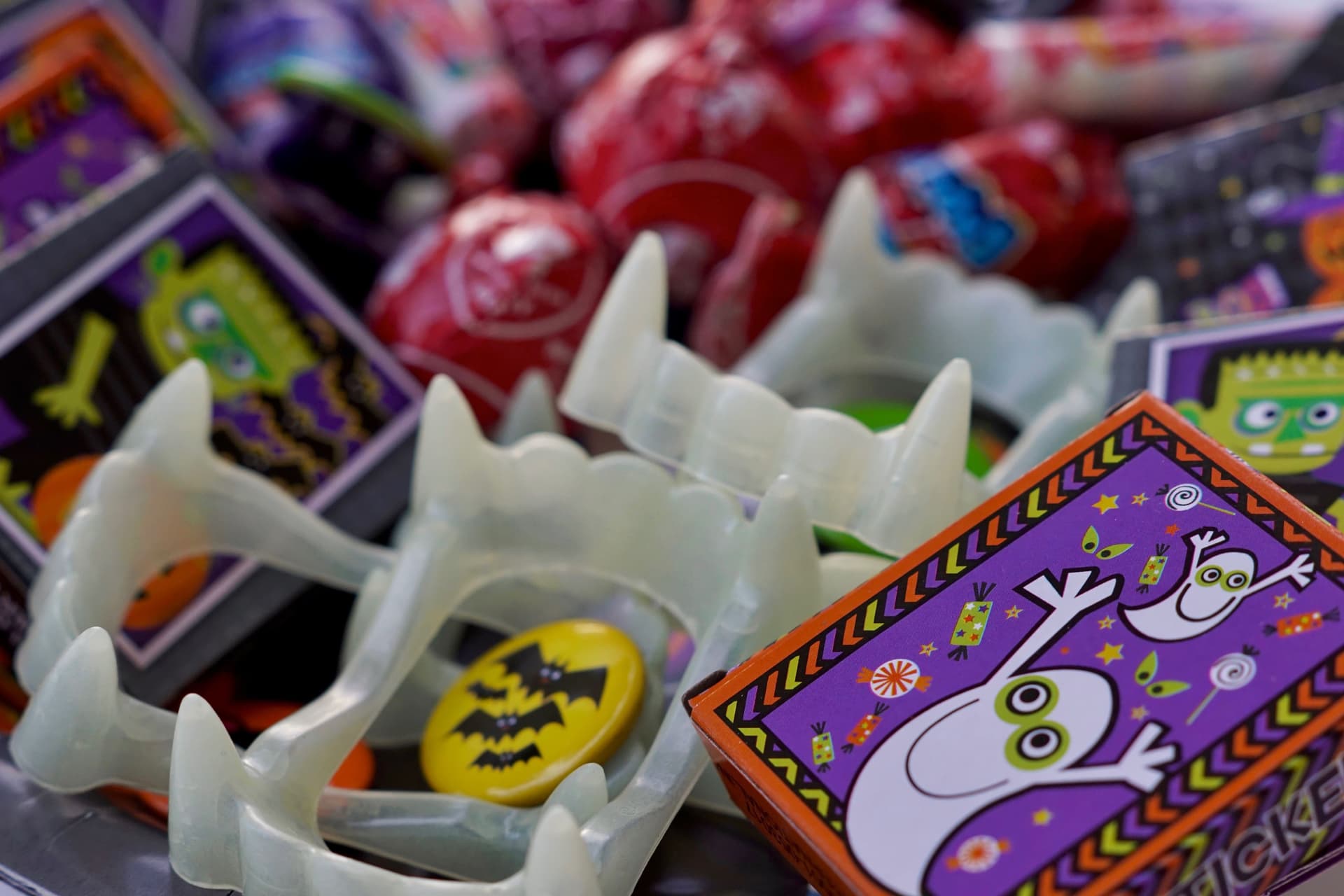
And here's what most people don't realize: adults are buying Halloween candy for themselves as much as for trick-or-treaters. This isn't just about kids getting candy from neighbors—it's a month-long (or longer) cultural permission slip for adults to indulge repeatedly in foods that hijack brain chemistry.
Can an Herb Really Block Sugar Taste for 60 Minutes?
Okay, I know what you're thinking. "Here comes the part where you tell me about some miracle supplement that doesn't actually do anything."
But hear me out on this one, because the research is legit.
Gymnema sylvestre—nicknamed "the sugar destroyer"—has been used in traditional medicine for centuries. A 2025 clinical trial found something pretty remarkable: participants using gymnema mints reduced their sugar-sweetened beverage intake by 42% and experienced a 28% reduction in overall cravings compared to placebo.
These aren't marginal effects. These are clinically meaningful reductions in consumption. Here's how it works: gymnemic acids temporarily block sugar receptors on your taste buds. Sugar literally tastes less sweet and less enjoyable. But here's the cool part—it doesn't affect other taste sensations, just sweet.
What makes gymnema particularly useful for Halloween is the timing flexibility. Study participants who used it on an as-needed basis—right before consuming sweets—showed decreased enjoyment and reduced desire for chocolate. You don't need to take it every day; you can use it strategically when you know you'll be around tempting treats.
The effect lasts about 30-60 minutes after using a mint or lozenge with 4mg of gymnema containing 75% gymnemic acids. That gives you a window to navigate candy bowls, office parties, or trick-or-treating without your taste buds sending maximum reward signals to your brain.
Important note: this research focused on people who self-identified as having a sweet tooth, meaning these results apply to those who struggle most with sugar cravings. If you can easily moderate candy intake already, you probably don't need this intervention.
Does Chromium Help Control Carbohydrate Cravings?
Chromium picolinate shows up in a lot of weight loss supplements with wild claims. But when you look at actual research specifically on carbohydrate cravings, there's legitimate evidence worth knowing about.
An eight-week study on women with carbohydrate cravings found that chromium picolinate significantly reduced food intake and helped modulate appetite. The participants weren't just losing weight—they were experiencing fewer intense urges for carb-heavy foods.
Chromium's benefits extend beyond simple craving reduction. Research on individuals with atypical depression showed that chromium supplementation produced major improvements in 65% of participants compared to 33% receiving placebo. This matters because emotional eating and mood-driven sugar consumption often go hand in hand.
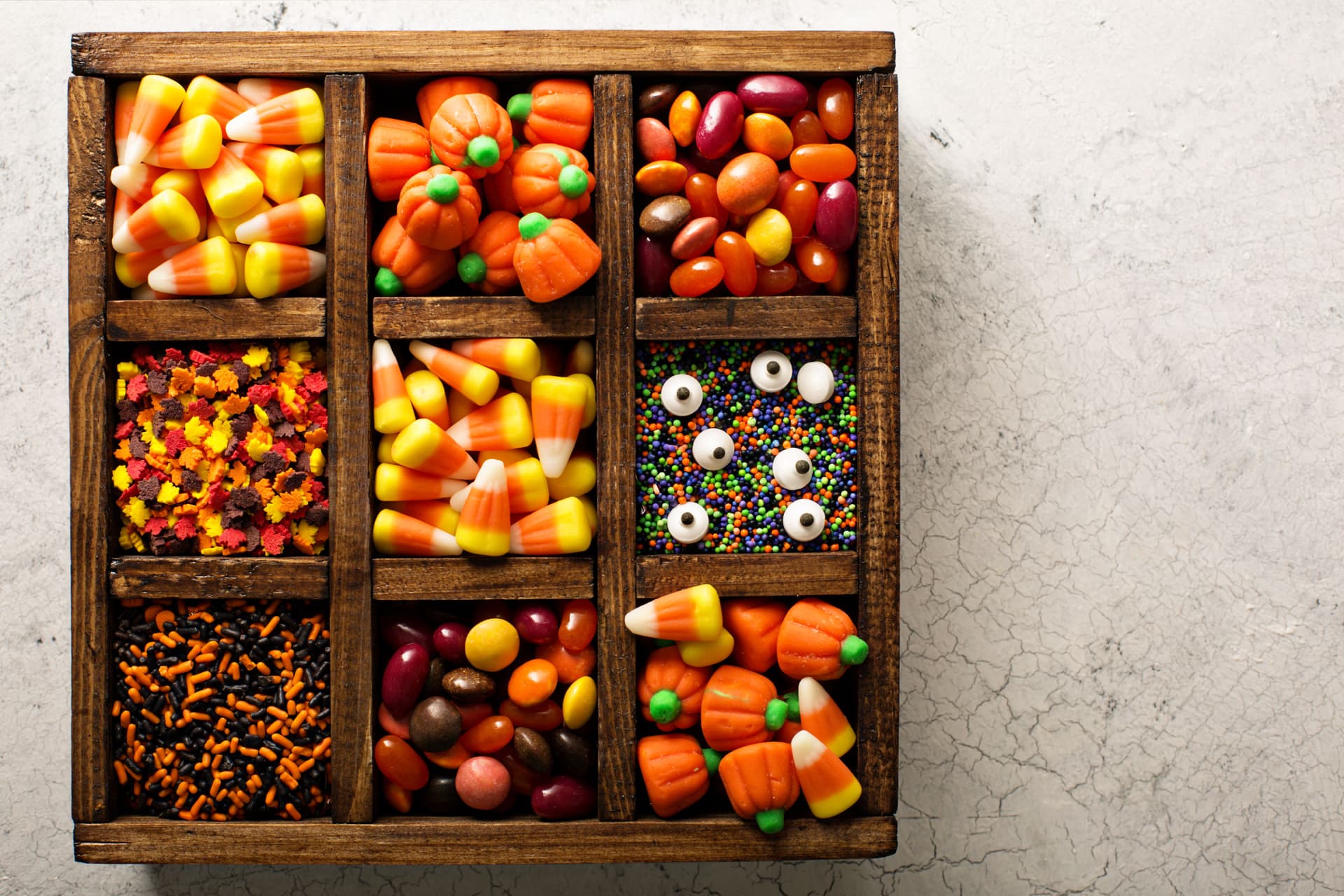
The mineral works by improving how your cells respond to insulin and glucose. When your cells respond properly to insulin, your blood sugar stays more stable throughout the day. Stable blood sugar means fewer energy crashes, and fewer crashes mean less desperate reaching for quick sugar hits.
Realistic dosing starts at 200-500 micrograms daily. The depression studies showing significant mood improvements used 600 micrograms, but work with a healthcare provider if you're considering higher doses, especially if you have diabetes or take medications affecting blood sugar.
How Do Gut Bacteria Control My Sugar Cravings?
Your gut microbiome isn't just passively hanging out in your digestive system—it's actively participating in your cravings. Like, actually influencing what you want to eat.
Scientists identified that a specific gut bacterium called Bacteroides vulgatus produces vitamin B5 (pantothenate), which stimulates production of GLP-1. GLP-1 is the same satiety hormone that medications like Ozempic mimic to control appetite.
The cascade continues: GLP-1 triggers production of another protein called FGF21, which acts on your brain to reduce desire for sugar. When researchers gave mice both the beneficial bacteria and supplemental B5, sugar consumption decreased significantly.
Here's what this really means: your cravings might be driven more by your microbiome composition than by your willpower. If you have an overgrowth of bacteria that thrive on sugar, those microbes are essentially voting for more sugar consumption through the signals they send to your brain.
The challenge? Most probiotic supplements don't contain the specific strains shown to reduce sugar cravings. However, you can create an environment where beneficial bacteria flourish by eating fermented foods—things like sauerkraut, kimchi, genuine yogurt with live cultures, kefir—and feeding them with prebiotic fibers from vegetables.
The microbiome approach takes longer than popping a mint. You're looking at weeks to months for significant bacterial population shifts. But the payoff is sustainable—you're not just managing cravings, you're addressing one of their root causes.
What you can do today: Start incorporating fermented foods into your daily routine. MaxLiving's Gut Health Perspective explains how a high-sugar diet reduces beneficial bacteria diversity and provides practical steps for supporting your microbiome. Focus on foods like sauerkraut, kimchi, and no-sugar-added coconut yogurt to create an environment where sugar-craving bacteria can't dominate.
Can L-Glutamine Stop a Craving Instantly?
Most supplements take weeks to show effects. L-glutamine is different—many people report it can interrupt an active craving within minutes.
Research demonstrates that glutamine supplementation reduces fasting blood sugar levels and increases GLP-1 secretion (yep, that same hormone we just talked about).
L-glutamine is an amino acid—a building block of protein. Your body normally produces adequate amounts, but during times of stress or when blood sugar is unstable, demand can exceed supply. Taking supplemental glutamine gives your brain an alternative fuel source that doesn't require insulin and doesn't cause blood sugar spikes or crashes.
The practical application for Halloween season: keep L-glutamine powder or capsules handy for acute craving episodes. When that overwhelming urge for candy hits, take 500-1000mg and wait ten minutes. Many people find the craving either disappears or becomes manageable enough to resist.
L-glutamine also supports intestinal health by maintaining the integrity of your gut lining. This connects back to the microbiome discussion—a healthier gut environment means better hormone signaling and potentially fewer inflammation-driven cravings.
Why Are My Sugar Cravings Worse at Night?
If you've noticed your resistance crumbles after 8 PM, you're experiencing a combination of biological and psychological factors that make evening the most vulnerable time for sugar consumption.
Decision fatigue plays a huge role. You've been making food choices all day—what to eat, what to avoid, how much to have. Your prefrontal cortex (the part of your brain responsible for impulse control) gets exhausted from constant use. Meanwhile, those subcortical reward systems? They don't fatigue the same way.
There's also a learned pattern component. If you've historically eaten sweets after dinner, that behavior becomes neurologically encoded. Your brain begins expecting the reward at that specific time, and when it doesn't arrive, you experience a craving that feels like physical need rather than simple habit.
October intensifies this because Halloween candy is suddenly available everywhere during exactly those vulnerable evening hours. You're tired from the day, your impulse control is depleted, and there's a bowl of candy on the counter staring at you.
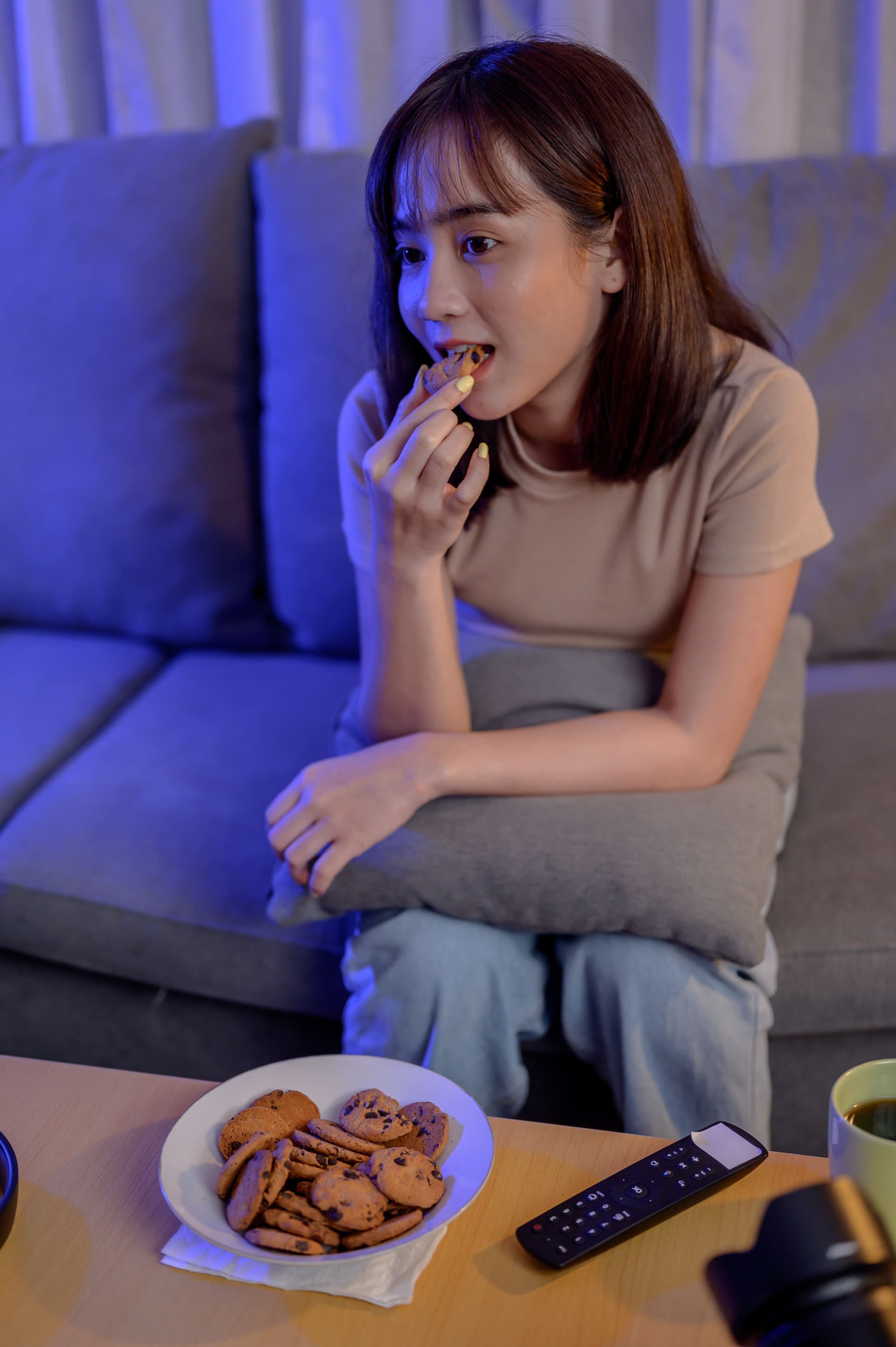
Make breakfast count: Consuming 20-30 grams of protein per meal maximizes muscle protein synthesis and helps maintain healthy blood sugar levels throughout the day. Starting your morning with protein-rich foods like eggs, Greek yogurt, or a quality protein shake (like Grass-Fed Whey, PurePath Plant Protein, or PurePath Bone Broth Protein) gives you a metabolic advantage against evening sugar cravings.
How Much Does Sleep Loss Actually Increase Sugar Cravings?
Sleep deprivation doesn't just make you tired—it fundamentally alters your brain's response to food, particularly high-calorie, high-sugar options.
Sleep deprivation increases daily energy intake by approximately 385 calories, with those extra calories coming primarily from fats and carbohydrates. When you're tired, your body craves quick energy, and sugar is the fastest option. Ghrelin (your hunger hormone) increases while leptin (your satiety hormone) decreases.
Research shows that sleep loss changes activity patterns across multiple brain regions. Evaluation centers show diminished activity, meaning you're less able to rationally assess whether eating candy is a good idea. At the same time, areas associated with reward seeking become hyperactive, making sugary foods appear more appealing than they would if you were well-rested.
The intervention isn't complicated, but it requires treating sleep as non-negotiable. Seven to nine hours nightly isn't optional if you want your brain's impulse control systems functioning properly. Consider it part of your sugar management strategy, as important as any supplement or dietary change.
Why Are Peanut Butter Cups the Most Popular Halloween Candy?
There's a reason peanut butter cups claim the top spot in Halloween candy sales—and it's not just nostalgia.
Remember that fat-sugar synergy? Peanut butter cups are the perfect embodiment of that principle. You've got milk chocolate (fat plus sugar) combined with sweetened peanut butter (fat plus sugar plus salt). It's a multi-layered attack on your brain's reward systems.
The texture matters too. The slightly grainy peanut butter filling contrasts with the smooth chocolate shell, creating sensory variety that keeps your brain interested. Your palate doesn't get bored as quickly, so you're more likely to reach for another piece.
The individual wrapping introduces another psychological element—each piece feels like a discrete decision rather than continuous eating from a bag. This can actually increase consumption because unwrapping creates a small ritual that reinforces the reward experience.
Understanding why certain candies are more compelling helps you make strategic decisions. If peanut butter cups are your particular weakness, that's not a character flaw—it's your brain responding exactly as evolution programmed it to. The solution isn't testing your willpower against neuroscience. It's either avoiding your specific trigger candies or using interventions like gymnema before consuming them.
What's a Realistic Timeline for Reducing Sugar Cravings?
Let's be honest about how long it takes to see meaningful changes in your relationship with sugar.
Clinical research on gymnema sylvestre demonstrated significant results after 14 days of consistent use. You could experience reduced cravings within two weeks if you use this intervention properly.
Chromium picolinate takes longer. Studies showing meaningful improvements in cravings and mood typically used eight-week protocols. Your cells need time to improve their insulin sensitivity, and your blood sugar patterns need weeks to stabilize.
The microbiome shift requires the most patience. You're looking at three to six months for substantial changes in bacterial populations. You might notice some improvements within weeks, but fully rebalancing your gut bacteria is a long-term project.
The goal isn't to never want candy again. The goal is moving from "candy controls my behavior" to "I make intentional choices about candy consumption." That's achievable, especially if you start now and build momentum before peak candy exposure around October 31st.
What Should I Do With Leftover Halloween Candy?
Halloween is one evening, but the aftermath often lasts weeks. This is where many people's good intentions collapse—they navigate Halloween successfully but then face pounds of leftover candy.
Make your post-Halloween plan before October 31st arrives. Decide right now, while you're thinking clearly, what you'll do with excess candy. Options:
- Donate it (many dental offices and organizations run candy buyback programs)
- Freeze it in single-serving portions
- Take it to your office
- Throw it away Yes, throwing away food feels wasteful. But keeping candy that undermines your health goals in your house for weeks isn't wise stewardship—it's just slower self-sabotage.
If you choose to keep some candy, use your interventions strategically. Take a gymnema mint before handling the candy stash. Keep L-glutamine available for when cravings hit. Don't rely on willpower against biology—use the tools that actually work.
Consider the opportunity cost. Every time you eat Halloween candy in November, you're reinforcing those neural pathways, making it harder to resist sugar in the future. Every time you successfully navigate a craving without giving in, you're weakening those pathways slightly.
November is when you either solidify better habits or undo all your October progress.
Your October Game Plan
October gives you a strategic window to prepare before peak candy exposure hits.
Foundation:
- Begin chromium picolinate supplement (200-500 micrograms with breakfast)
- Start L-glutamine (500 milligrams three times daily with meals)
- Aim for 25-30 grams of protein at breakfast to stabilize blood sugar—MaxLiving's Grass-Fed Whey Protein, PurePath Plant Protein, or PurePath Bone Broth Protein make this easy
- Remove artificial sweeteners (they trigger the same reward pathways as sugar)
Taste Reset:
- Add gymnema sylvestre mints (use before sweet exposure)
- Introduce fermented foods daily (sauerkraut, kimchi, yogurt)
- Increase vegetable variety (aim for 20 different plants this week)
- Notice your craving patterns and triggers
Optimization:
- Continue all previous protocols
- Add prebiotic fiber sources (onions, garlic, asparagus, apples)
- Experiment with gymnema timing (15 minutes before typical craving times)
- Track energy levels throughout the day
Lock It In:
- Assess what's working best for you
- Make your post-Halloween candy plan
- Practice using gymnema before consuming any Halloween candy
- Set clear boundaries for October 31st and beyond
This isn't about perfection. It's about building resilience against an environment actively working against your health goals. The candy industry has spent decades engineering products to maximize consumption. You need a strategy that acknowledges neuroscience rather than relying on willpower alone.
Your Brain Has a Mind of Its Own—And Now You Know What to Do
The discovery that sugar activates opioid pathways in your brain isn't just interesting science—it's a fundamental shift in understanding why sugar control feels so difficult.
You're not fighting a habit or preference. You're fighting against a biological system designed to make you pursue calorie-dense foods regardless of actual need.
October creates perfect environmental conditions for this system to activate repeatedly. Candy appears everywhere, social permission to indulge increases, and the exposure window extends from early September through early November.
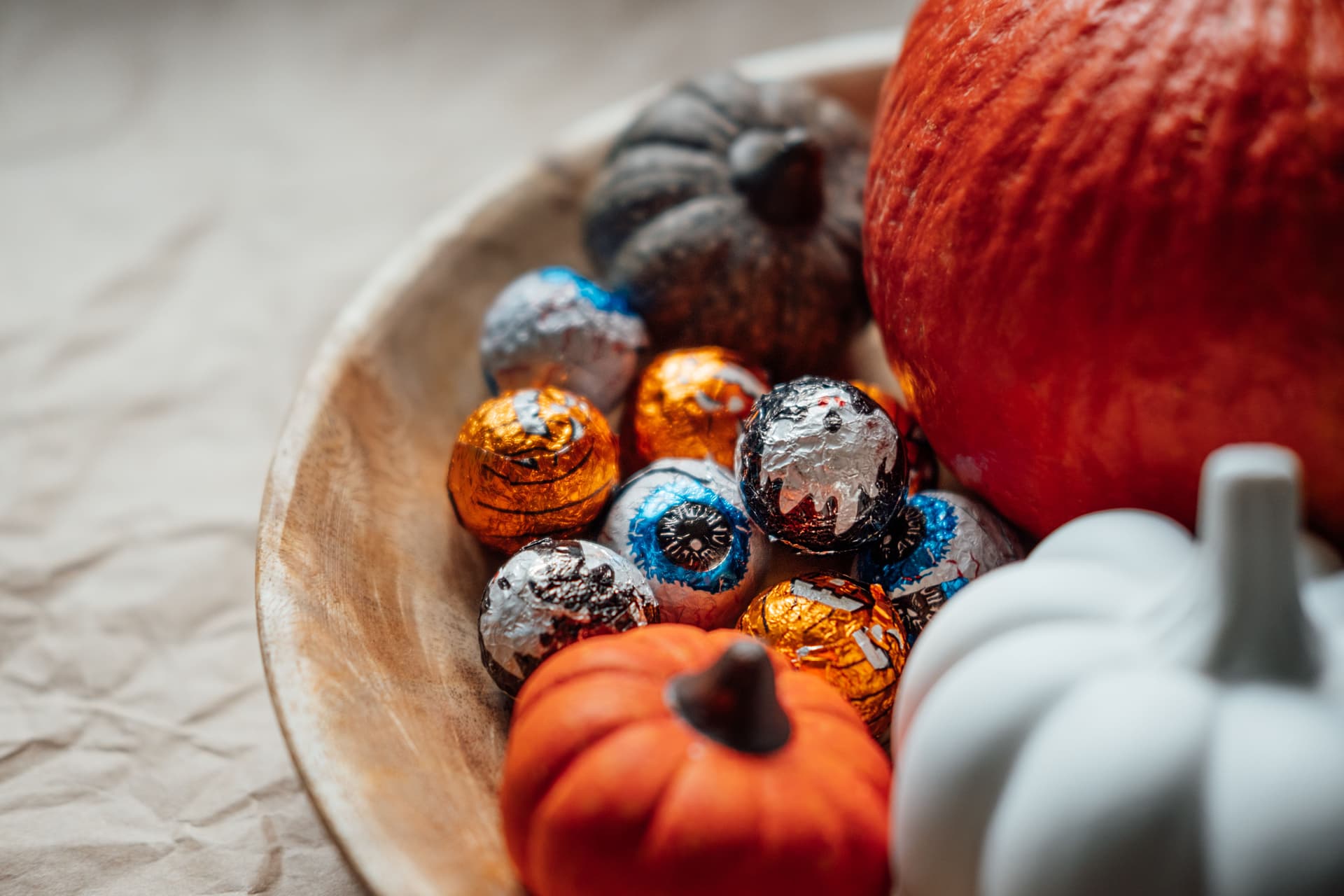
But understanding the mechanism gives you power. The interventions we've discussed—gymnema for taste modification, chromium for blood sugar stability, L-glutamine for acute craving management, microbiome optimization for long-term change—address different parts of the craving cycle. You don't need all of them, but you need something beyond willpower.
Halloween candy will always be engineered to maximize palatability and consumption. Your brain will always respond to sugar with reward signals. But those responses aren't unstoppable. They're manageable when you work with your biology instead of against it.
Start now. Use October to build resilience before peak exposure hits. Make your post-Halloween plan before emotion and exhaustion compromise your decision-making. Treat your brain's opioid system like the real biological phenomenon it is, and give yourself the tools to navigate it successfully.
The candy bowl doesn't have to control you. Your dessert stomach doesn't have to win every time. Now you understand what you're actually up against—and you have evidence-based strategies to fight smarter.
References:
- https://pubmed.ncbi.nlm.nih.gov/39946455/
- https://pubmed.ncbi.nlm.nih.gov/38242133/
- https://zuckermaninstitute.columbia.edu/scientists-map-tongue-s-sweet-sensor-may-lead-new-ways-curb-sugar-cravings
- https://candyusa.com/news/94-percent-of-americans-will-mark-halloween-season-with-chocolate-and-candy/
- https://pubmed.ncbi.nlm.nih.gov/39855349/
- https://pubmed.ncbi.nlm.nih.gov/18715218/
- https://www.nature.com/articles/s41564-024-01902-8
- https://diabetesjournals.org/diabetes/article/67/3/372/39995/Glutamine-Elicited-Secretion-of-Glucagon-Like
- https://store.maxliving.com/pages/gut-health-perspective
- https://pmc.ncbi.nlm.nih.gov/articles/PMC9839511/
- https://www.delish.com/food-news/a68057607/most-popular-halloween-candy-2025/


